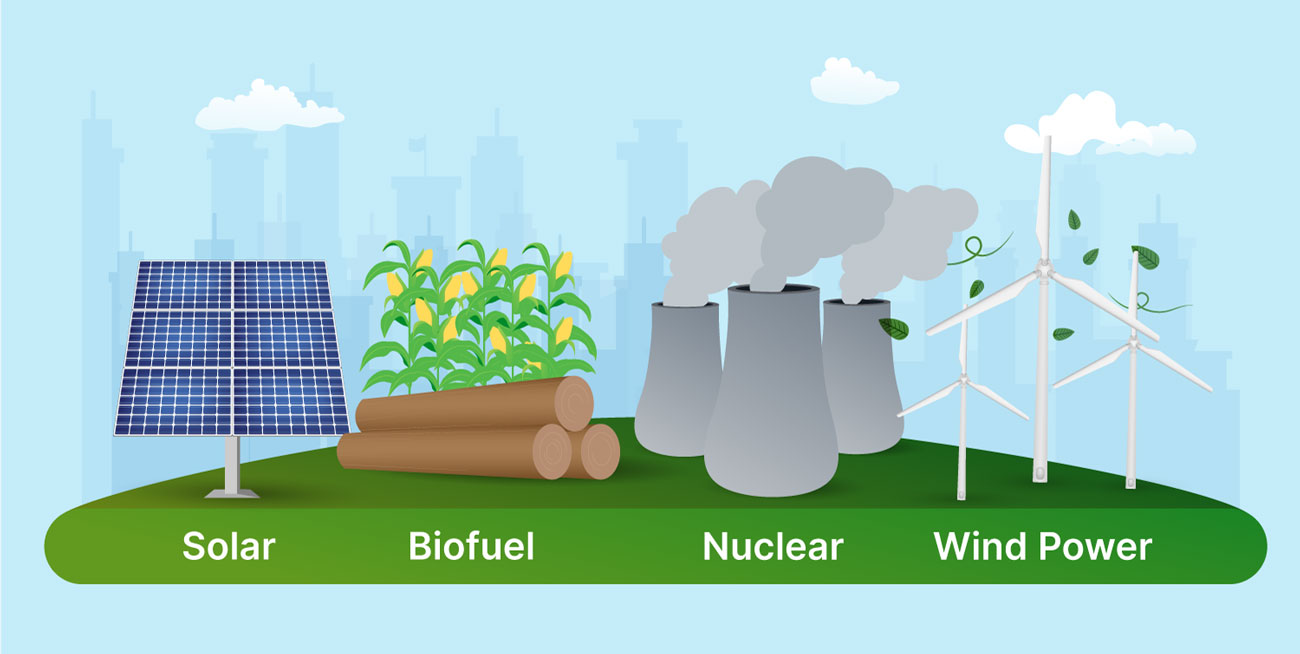Solar Power in the UK
Solar panels within the United Kingdom (UK) like any other solar power area use photovoltaic (PV) panels or solar thermal energy to capture the sunlight and turn it into energy. The most common being PV panels or solar panels as they are what are used to light and heat your homes. If you read Solar Power for Your Outdoor Lighting you are aware that panels need to remain cool in order to perform “top notch”. Much like Germany, the UK has higher wind speeds than other countries in the surrounding area allowing the PV panels to stay cool while capturing energy resulting in a higher efficiency.
In October 2001, the European Union put into effect the Directive on Electricity Production from Renewable Energy Sources (also commonly known as the RES Directive) which set national targets for the production of renewable energy among member states. Renewable energy consists of anything that is naturally replenishing such as rain, sunlight, wind, biomass, waves/tides, and geothermal heat. Biomass is an organic matter that can include biological materials from recently living or currently living organisms. Examples of biomass include: wood, waste, and alcohol fuels. Geothermal heat is the energy that is created and stored in the Earth. To read more about renewable energy see Is There Really Such a Thing as Renewable Energy.
The targets set by the RES Directive have been and continue to be monitored by the European Commission, which has the authority to set mandatory targets if need be. The RES Directive states that by 2020 the European Union would like to have 20% of its domestic energy production coming from renewable sources.
In April 2010, Feed-in tariffs (FIT) were introduced to the UK which are a policy mechanism designed to speed up the investment in renewable energy technologies. The FIT policy accomplishes their goals by offering contracts that are long-term to producers of renewable energy. Each source of renewable energy generates a different amount per-kilowatt hour (kWh), with wind power generating a lower cost per-kWh compared to that of tidal or solar power. With FIT there is also a payment degression, which is based on the price of decreasing ratchets over time. So what exactly is the goal of FIT? The goal is to offer a more cost-based compensation to producers of renewable energy, providing them with the right price through a long-term contract that helps them with financial investments. With the introduction of FIT to the UK, came a rapid expansion PV panels not only for producers but also for commercial and residential use as well.
Solar Park
Today, the largest solar park within the UK is located in Nottingshamsire in Newmark-on-Trent which was completed on July 13th, 2011. This very large park only took seven weeks to complete and is estimated to generate nearly 4,860 mega watts per hour (MW-h) of electricity each year. This however is not the only large solar park located within the UK. For example the Language Solar Park, Westmill Solar Farm, Marsten Solar Farm, and the Toyota plant in Burnaston, Derbyshire are also 4-5 MW-h plants as well. In November 2012, the first large solar farm began construction in Leicestershire, which is stationed between runways on the Wymeswold military airfield.
What Will Future Bring?
On the 9th of this January 2014, the committees on industry, research and energy, and environment, public health, and food safety called upon the European Council to agree on a 2030 renewable energy target for the EU that would be legally binding. As mentioned above, the EU has set a target to obtain 20% of all domestic energy production from renewable sources by 2020. This percentage is currently being looked on, to see whether or not similar targets should be legally bound into the 2030 EU targets. What do you think?
Council members suggested “adopting and implementing for the EU 2030 climate and energy framework, a multi-faceted approach that is based on mutually reinforcing, coordinated and coherent policies and ambitious binding targets on greenhouse gases emissions reduction, renewable energy sources and energy efficiency.” This motion will be submitted for approval in February. Many are and continue to support the 2020 target of obtaining 20% of domestic energy through renewable energy as it has been proving success. The UK however has not called for a renewable energy target for the year 2030 but instead (and only) for an emission target. [1]
By the end of July 2014, IKEA was selling solar panel packages for your home in 17 different stores throughout the UK. It has been predicted that the next few years will be a major stepping stone in the movement of PV with the UK being a major contributor in this movement.
Solar Energy UK announced that it will be bringing back its series of Solar Energy UK Roadshow in February in order to help companies cut costs and boost their profits.




